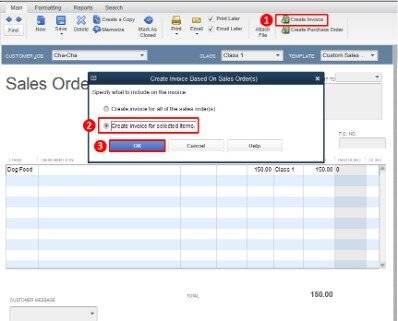Content

Tracking your days in inventory levels helps you achieve lower costs, faster profits, and fewer stockouts. Having spot-on days in inventory calculation allows you always to possess the right amount of stock available and come up with accurate reorder check-points when needed. Speeding up the rate at which you deplete inventory means that you are moving your list quicker, giving you room to receive your cash faster as well. Now we will use the average inventory, COGS, and time we derived from the balance sheet and income statement for Procter & Gamble to calculate the days sales in inventory for the fiscal year 2021. This metric should always be compared to the company’s capacity to stock-up.
- Knowing the extent of inventory liquidity, the smaller its output, the more positive it is for the company, as it shows it that it is able to convert its inventory to cash quickly.
- Finally, a substantially high days of sales in inventory metric may indicate that the company is struggling to move its inventory, possibly because of a loss in its competitiveness or a market downturn.
- If you order more products today, it will take 21 days for your supplier to deliver, while in ten days, you will be without products.
- To get the most accurate sense, you’ll need to calculate your Days of Sales Inventory, or DSI.
It means that you carry just enough food to get you through to your next delivery . In general, the fewer the day’s sales of inventory , the better for the company and the less loss it will have. Inventory management strategy, you’ll be able to strike that balance sooner than you think.
Factors affecting the number of days it takes to sell inventory
Both investors and creditors want to know how valuable a company’s inventory is. Older, more obsolete inventory is always worth less than current, fresh inventory. The days sales in inventory shows how fast the company is moving its inventory. DSI is the first part of the three-part cash conversion cycle , which represents the overall process of turning raw materials into realizable cash from sales. The other two stages aredays sales outstanding anddays payable outstanding . While the DSO ratio measures how long it takes a company to receive payment on accounts receivable, the DPO value measures how long it takes a company to pay off its accounts payable.
- Gain in-demand industry knowledge and hands-on practice that will help you stand out from the competition and become a world-class financial analyst.
- For the year is 3.65 days, meaning it takes approximately 4 days for the company to sell its stock of inventory.
- Therefore, inventory turnover and days sales in inventory concepts are related.
- Inventory ratio, on the other hand, is a measure of how often a company sells and replaces its inventory over a period of time.
- The ending inventory is located on the balance sheet and represents the balance in the inventory account at the end of the period.
The more time that the inventory remains on the shelves, the longer the company’s cash is held and cannot be used for other operations and hence costing the company extra money. Generally, a small average of days sales, or low days sales in inventory, indicates that a business is efficient, both in terms of sales performance and inventory management. A low DSI reflects fast sales of inventory stocks and thus would minimize handling costs, as well as increase cash flow. It is also important to beware that high days in inventory ratio should not always be considered a problem. Some companies in specific industries deliberately choose to keep their inventory levels high to satisfy an unexpected increase in customer demand.
Product Bundles
Network Optimization algorithm identifies the optimal warehouse fulfillment centers within the nationwide Flowspace network so brands can provide the fastest, most cost-efficient shipping to their customers. The distributed network also allows brands to allocate different inventory levels at different warehouses. For example, does one product sell more and more quickly on the West Coast? A brand can ensure those West Coast warehouses have enough inventory to avoid stock outs. A brand can dictate lower inventory levels in their Midwestern warehouses so it isn’t paying for storage space it doesn’t need. Days sales in inventory measures how long it takes a brand to sell through its inventory and is an indicator of how long a brand’s cash is tied up in inventory.

For example, Payability provides Day Sales In Inventory Ratio advances and accelerated daily payments to ecommerce businesses. If inventory levels are not accurate, Days Sales of Inventory will be too high or too low. If you can improve your inventory management, you will be able to reduce your Days’ Sales of Inventory.
Number of Days Sales in Inventory Formula
You don’t want your merchandise gathering dust; however, you don’t want to have to restock inventory too often. But any company with recorded inventory on the balance sheet could really experience similar trends. That’s why a basic understanding of Days Sales in Inventory can be a valuable tool in spotting concerning inventory management trends as you look through financials.
How do you calculate days sales in inventory ratio?
What is the formula for Days Sales of Inventory? The formula for Days Sales of Inventory is: Days Sales of Inventory = (Average Inventory ÷ COGS), multiplied by 365.